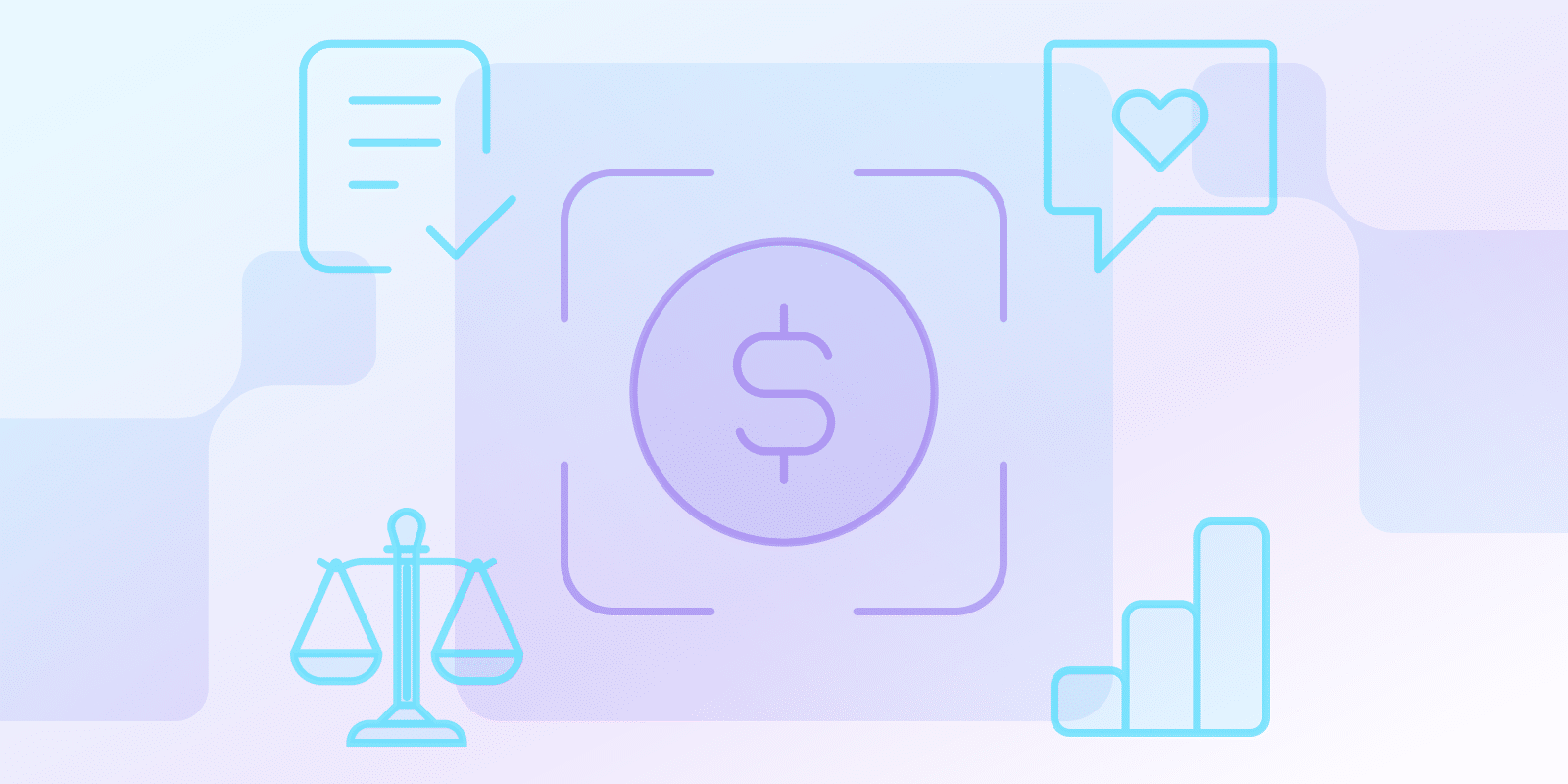Pricing Tactics
What is Framing Value in SaaS?

What is framing value in SaaS?
“Value Framing” is a term that refers to a SaaS pricing tactic (software-as-a-service) that focuses on highlighting a product’s benefits, outcomes, and its overall value to potential customers.
Value Framing involves more than just outlining features and functionality, Saas businesses employ this concept to present how the software aligns with user-specific requirements.
Framing the value is important because it allows a SaaS entrepreneur to justify a product price and help customers understand the return on investment (ROI) of the product.
How does framing value influence customer perception of SaaS pricing?
When implemented correctly, a “framing value” pricing tactic can impact the way your customers perceive your SaaS pricing.
It shifts the customer focus from seeing the price to be paid from an expense to an investment that will pay off later on.
Customers are more receptive to a higher price point when they are presented with the benefits the product purchasing brings to them, whether it’s efficiency, an industry-specific challenge solving, or other KPIs improvements.
Should I use a value-based pricing tactic or a cost-based pricing strategy when framing value?
You should consider the two core aspects to decide between value-based and cost-based pricing:
- User Perception – Value-based pricing matches your price point with the user’s perceived value, whereas cost-based calculates internal production costs and maintenance expenses to price a product.
- Complexity – Cost-based pricing on the other hand has a simpler structure, though presents a risk of a potential customer underestimating your product potential impact on its business.
| Aspect | Value-Based Pricing | Cost-Based Pricing |
|---|---|---|
| Core Foundations | ||
| Pricing Basis | Customer’s perceived value and potential impact | Internal production and maintenance costs |
| Primary Focus | Customer outcomes and benefits | Operational expenses and overhead |
| Implementation Characteristics | ||
| Complexity Level | More complex to implement and maintain | Simpler structure and calculation |
| Market Research Required | Extensive customer value analysis needed | Minimal market research required |
| Business Impact | ||
| Profit Potential | Higher potential for premium pricing | Limited by cost structure |
| Risk Factors | Misalignment with customer value perception | Undervaluation of product impact |
A good practice with a cost-based pricing approach to avoid negative profitability and gradually transition to a value-based one.
What are some effective ways to frame value in SaaS pricing?
Here are the four methods to frame value in SaaS pricing:
- Results Focused: Always highlight the customer’s expected outcome and benefits. Example: Sales increase, Productivity, Lower false positives, etc.
- User Testimonials: Allow satisfied users to offer their feedback regarding your software.
- Competitive Analysis: Compare your solution with your existing alternatives and explain how your key differentiators improve your customer’s desired outcome.
- Tiered Pricing: Use this pricing structure to align your offer with varying requirements and budgets, encouraging users to start by accommodating different needs of different types of customers and later potentially upgrade to superior offers.
Experiment and find the right balanced pricing that suits your specific product and audience.
How can I experiment with different framing techniques to optimize pricing?
These are the three core guidelines you must follow when tuning the framing value pricing tactic:
- A/B test: Create several pricing pages as well as messaging to evaluate which versions resonate best with the largest part of your audience.
- Survey consumers: Discuss with your existing as well as potential users about how they perceive your product’s value and its monetary impact on their business.
- Evaluation metrics: Monitor your conversion rates across your acquisition and upgrade funnels, as well as churn and the CLV(customer lifetime value) as you adapt your value framing.
Researching competitors while refining your SaaS product pricing and messaging will provide you with additional insights that are worth considering.
Conclusion
Framing value in SaaS is a pricing tactic that, when correctly implemented, will increase revenue and appeal to a wider audience. It’s important to understand what users perceive as your product’s benefits and align your pricing and messaging accordingly.